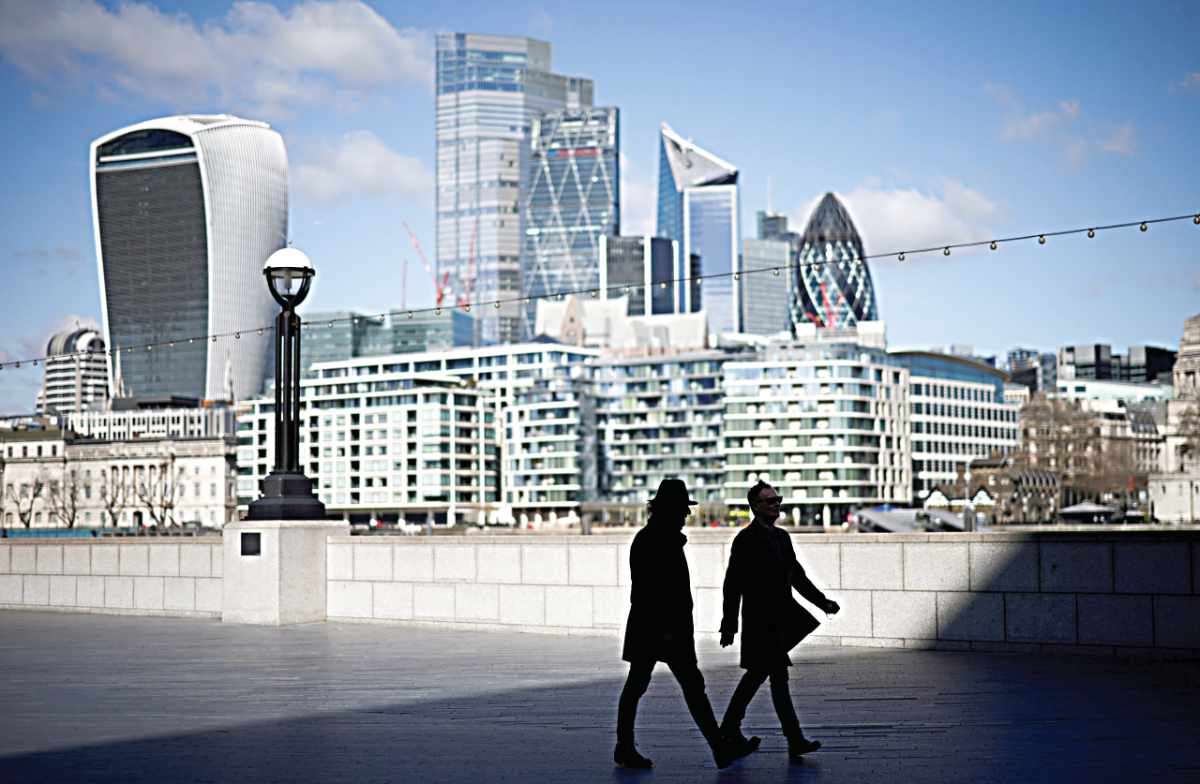LONDON: Britain has seen its budget deficit rise during the coronavirus pandemic to its highest level since the year after the end of WWII, official figures showed Friday.
The Office for National Statistics said public sector net borrowing — the official gauge of the difference between the government’s spending and taxes — reached £303.1 billion ($420 billion) in the financial year to end-March. This was equivalent to 14.5 percent of the country’s annual gross domestic product, the highest level since 1946, when the deficit hit 15.2 percent of the GDP.
The causes of the spike are simple. While tax receipts have ebbed as a result of the deepest recession in more than 300 years, the government has splashed out billions of pounds trying to prop up the economy and jobs since the pandemic first struck more than a year ago. Notably, it has been covering the lion’s share of the salaries of people unable to work during the country’s many lockdowns and providing further support to hard-hit businesses.
The scale of the borrowing the government has undertaken in the wake of the pandemic is evident in the size of the increase in the deficit from £57 billion in the previous financial year.
“The increase on the pre-pandemic forecast is unprecedented and highlights the extraordinary impact of the pandemic on government revenues and spending,” said Isabel Stockton, research e conomist at the well-respected Institute for Fiscal Studies.
Stockton thinks the actual deficit will end up being higher, “perhaps quite significantly,” as many businesses won’t be able to repay government-backed loans.
In the post-war era the deficit peaked in the aftermath of the 2008 financial crisis, hitting around 10 percent of the GDP. The average deficit since 1970 has been 3.4 percent of the GDP.
The borrowing undertaken by the government has pushed public sector net debt up to £2,142 billion, which is 97.7 percent of Britain’s GDP. This is the highest proportion since the early 1960s.
Because interest rates are low historically, the government doesn’t have much of a problem managing its debt, but economists worry that higher borrowing rates in coming years may create problems in the future.
The government is hoping that the economy, which shrank by nearly 10 percent during 2020, will recover strongly through the spring and summer as lockdown restrictions are eased in the wake of the sharp fall in coronavirus cases, and amid the rapid rollout of vaccines.

Britain’s driverless car ambitions hit speed bumpUK study finds significant drop in COVID-19 infections after one jab

